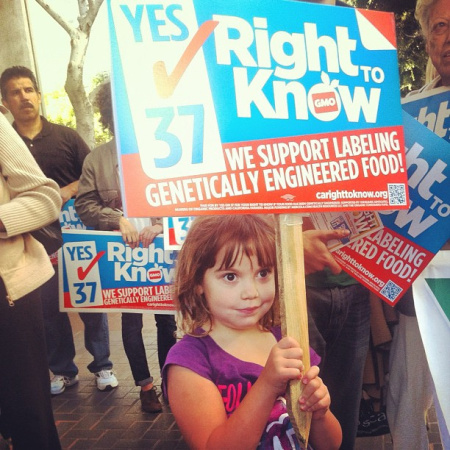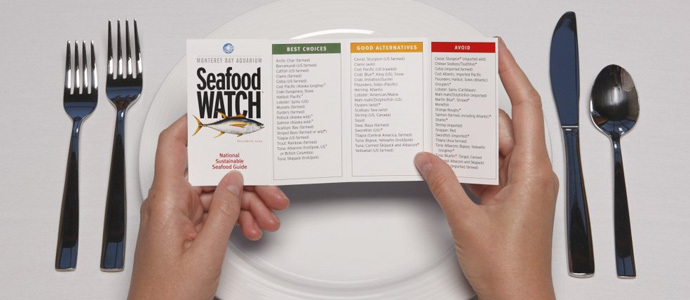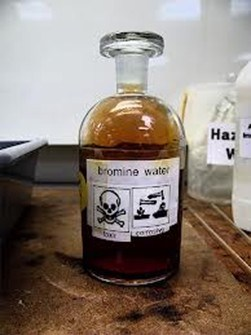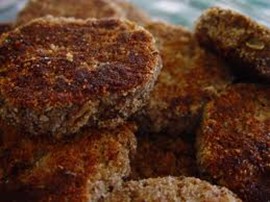
I thought that last November’s defeat of California’s Proposition 37 (mandatory labeling of Genetically Modified Organisms in our food), which I campaigned for, was a bad sign. I presumed the power of Big Food’s $40+million disinformation campaign signaled that lies and public relations would win for the next generation or more.
But a few weeks ago a New York Times article explained the bright side of this turn of events. Reporter Stephanie Strom wrote, “Instead of quelling the demand for labeling, the defeat of the California measure has spawned a ballot initiative in Washington State and legislative proposals in Connecticut, Vermont, New Mexico and Missouri, and a swelling consumer boycott of some organic or ‘natural’ brands owned by major food companies.”
She went on to quote Charles Benbrook, a professor at Washington State University and a brilliant advocate of sustainable agriculture: “The big food companies found themselves in an uncomfortable position after Prop. 37, and they’re talking among themselves about alternatives to merely replaying that fight over and over again… They spent a lot of money, got a lot of bad press that propelled the issue into the national debate and alienated some of their customer base, as well as raising issues with some trading partners.”
This public reaction against Big Food got the attention of some major food executives, who met in January to discuss what to do. Imagine this: some of them actually favor labeling. I’m not holding my breath that they’ll become virtuous – they are, after all, the people who made terms like “natural” and ”cage-free” almost meaningless.
Still, it may be a start.




